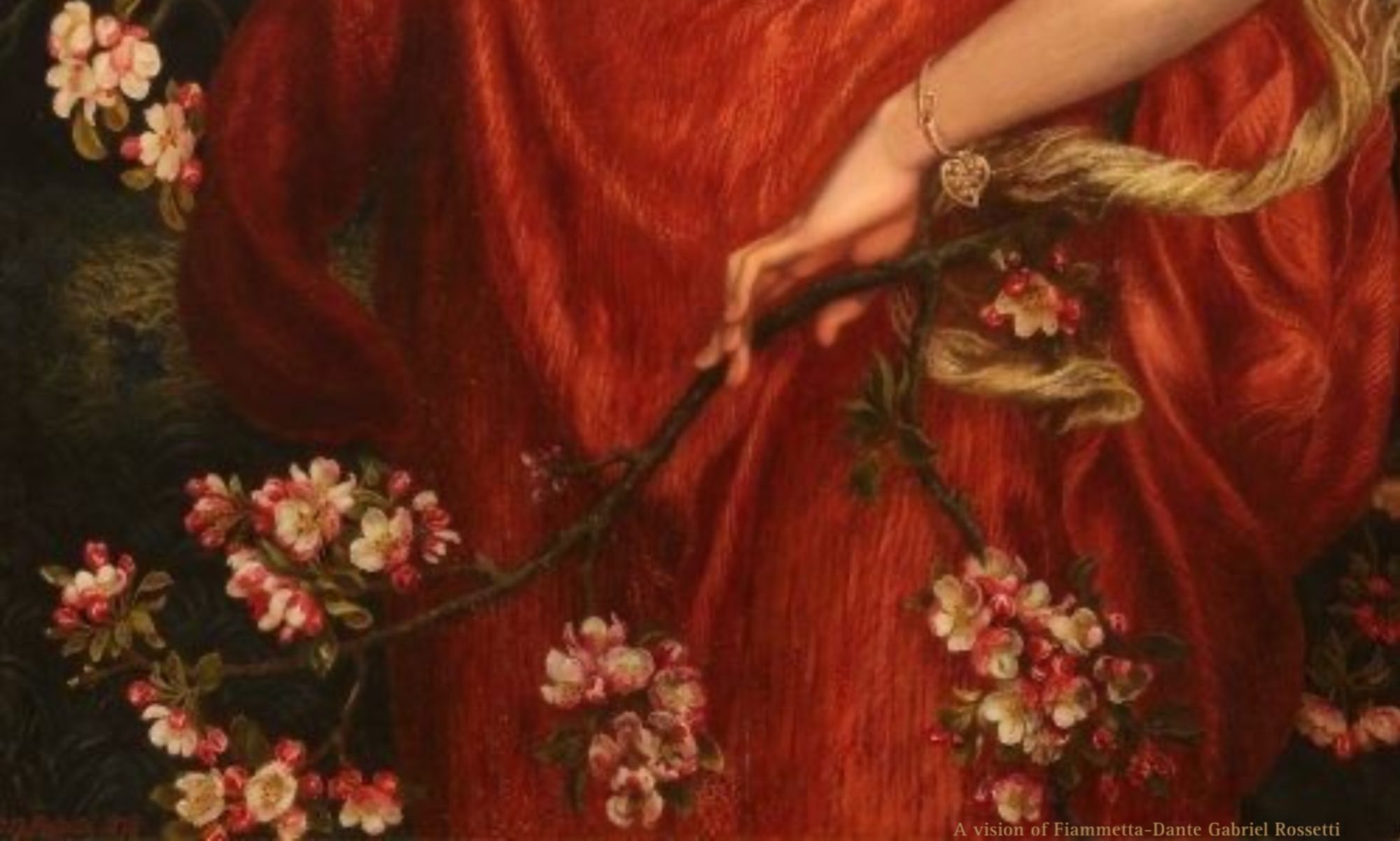$40 million. That’s how much “Sunflower” by Vincent Van Gogh cost to purchase in 1987. If the painting were to go on auction today, it would likely sell for hundreds of millions of dollars.
Fine art, especially paintings by history’s biggest artists, is notoriously expensive, and some find issues in the fact that people will spend millions of dollars on art instead of devoting that money to more important causes.
On Friday, October 14, two activists with these values threw canned tomato soup at the painting in an effort to bring awareness to their cause. They are aligned with the climate change organization, Just Stop Oil.
“Just Stop Oil” uses nonviolent demonstrations to protest the production of fossil fuels and the rising prices of these fuels. After throwing the soup at the painting, Activists Phoebe Plummer and Anna Holland glued their hands to the wall.
Plummer then addressed the room and asked, “What is worth more—art or life? Is it worth more than food? Worth more than justice? The cost-of-living crisis is part of the cost-of-oil crisis. Fuel is unaffordable to millions of cold, hungry families. They can’t even afford to heat a tin of soup.”
Plummer’s use of historical paintings as a way to garner attention for her cause isn’t a new one for Just Stop Oil. It isn’t new for political activists in general. Vandalism as a medium for expressing political dissent has been alive for centuries.
In the late 1790s, Henri Grégoire coined the term “vandalisme,” or vandalism as it’s known now, to describe the destruction of art during the French Revolution.
In 1885, Vasily Vereshchagin’s “The Holy Family” was ruined by a monk who threw acid at the painting in response to its “sinful nature”.
In 1914, “Rokeby Venus” by Diego Velázquez was slashed via meat cleaver by Suffragette Mary Richardson in response to the arrest of Emmeline Pankhurst, another suffragette.
In Far Out’s article “From Rembrandt to Marcel Duchamp: A short history of art vandalism,” Richardson is quoted saying, “[She has] tried to destroy the picture of the most beautiful woman…as a protest against the government for destroying Mrs. Pankhurst, who is the most beautiful character in modern history.”
From a ceramic mug thrown at the Mona Lisa in 2009 to mashed potatoes thrown at a Monet painting just nine days after the Van Gogh incident, art has been no stranger to destruction.
“Sunflower” wasn’t damaged, it was protected from the onslaught of tomato soup by a glass case, which Plummer and Holland said they took into account when planning the demonstration, but that still leaves the issue of the effectiveness of destroying art as a means to make political statements.
In most cases, these demonstrations produce more outrage over the destruction of the painting than they do over the cause they want to bring awareness to. This outrage both makes people reluctant to align themselves with these causes and takes attention away from them.
It also opens the door to vandalism just for the sake of vandalism. Although some demonstrations have their own meanings, some people destroy art for the simple reason that they don’t like it.
This can be seen in the 2019 vandalism of a sand sculpture that was being featured in a Waikiki resort. The vandalism was done by two teenage girls for seemingly no reason.
Another case of this strain of vandalism is the 1986 incident involving Barnett Newman’s “Who is Afraid of Red Yellow and Blue”, which was cut by a man with a boxcutter knife out of disdain for the simplicity of modern art.
Vandalism to elicit a political response does have its validity, and so does the argument that overpriced art is both a waste of resources and makes art less accessible to the general public.
Its downside, though, is that it opens the gate to thinking ruining art is a valid response to not agreeing or connecting with it.
